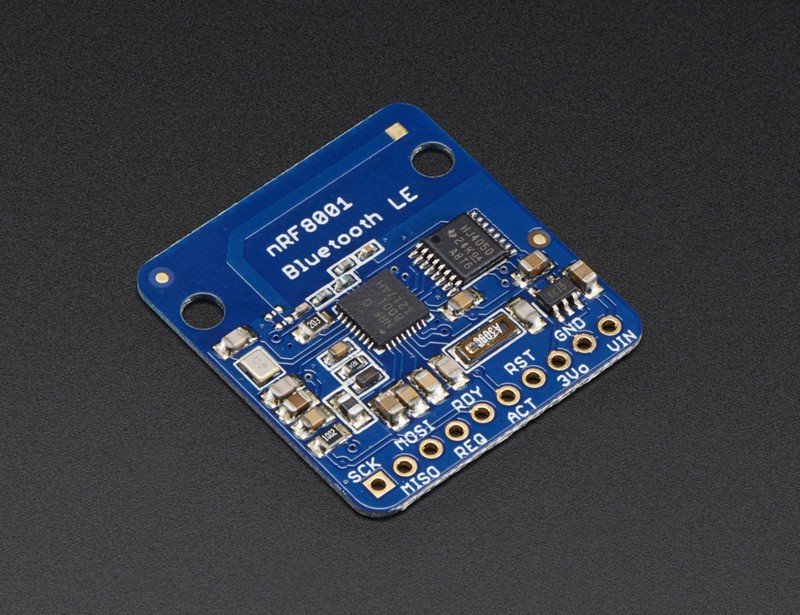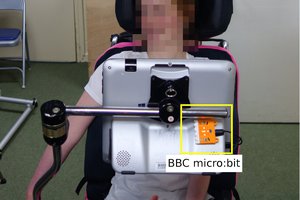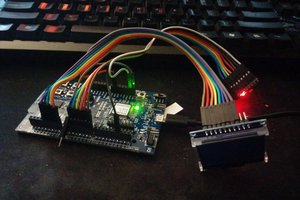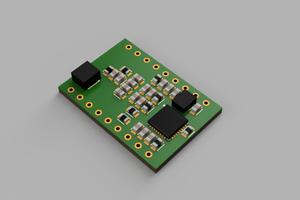Security has always been a delicate balance between difficulty of bypassing and convenience. Think of all the various authentication "tokens" you use throughout the day. House keys, car keys, & numerous passwords to your gadgets & websites. These all provide little in the means of security while also tending to be inconvenient and cumbersome to use/remember. The AuthBand is a wearable open source/hardware token which aims to solve the aforementioned daily authentication problem.
Important features & differentiators from existing products
- Does not require a smartphone
- everything you need for authentication is contained within the KeyRing
- Simple & secure asymmetric authentication
- Possible future applications to mobile payments
- Originally was going to use a Java Smartcard IC so that it would be possible to run apps like Visa PayWave but found them very closed off & hard to get.
- Originally was going to use a Java Smartcard IC so that it would be possible to run apps like Visa PayWave but found them very closed off & hard to get.
System Overview
Communication
A Bluetooth Low Energy module provides low power communication with the authentication systems.
Security
A crypto module is a tamper resistant module that securely & efficiently carries out cryptographic operations. They also usually have secure memory for storing sensitive data such as keys. In this project, a crypto module will be used to generate a public/private key pair & when challenged by an authentication system, use the stored private key to generate the valid response.
User Input
Accelerometers & gryoscopes are used to capture user inputs such as tap gestures or hand waves. These gestures are used to determine if a user wants to do an action (i.e. unlock the door).
Future
I haven't really touched upon the usage case details much in the write up because it is a whole additional project/movement in itself but it is crucial in my opinion. It is important to not only move to a public key cryptography solution but also to take he security critical authentication processes out of the hands of manufacturers, web designers, etc., & move them to one main authentication entity (depicted as Public Key Server in the video below). This serves two purposes: solves the public key infrastructure issue & it remedies the all too often problem of companies implementing security systems incorrectly. Anyway that is my rant for now, more on that later...
 Chris Finn
Chris Finn


 matt oppenheim
matt oppenheim
 MicroHex
MicroHex
 Paul_Beaudet
Paul_Beaudet
 Pontus Oldberg
Pontus Oldberg